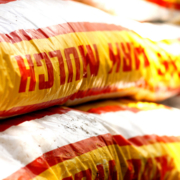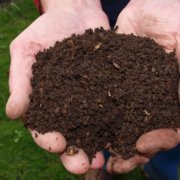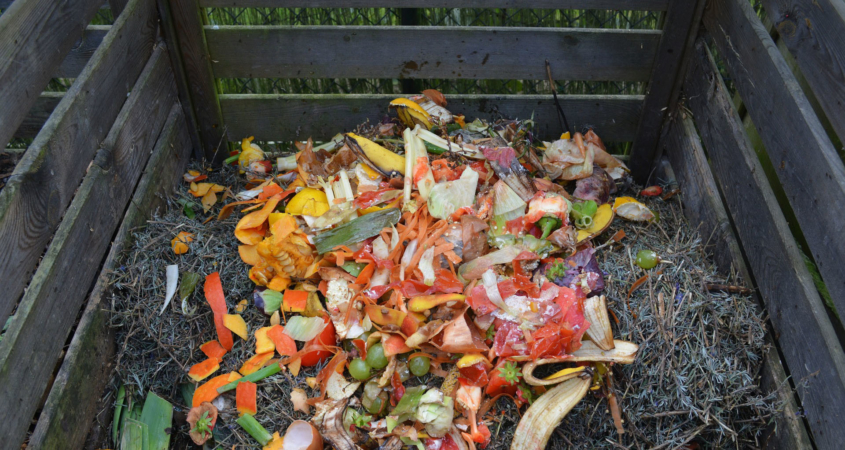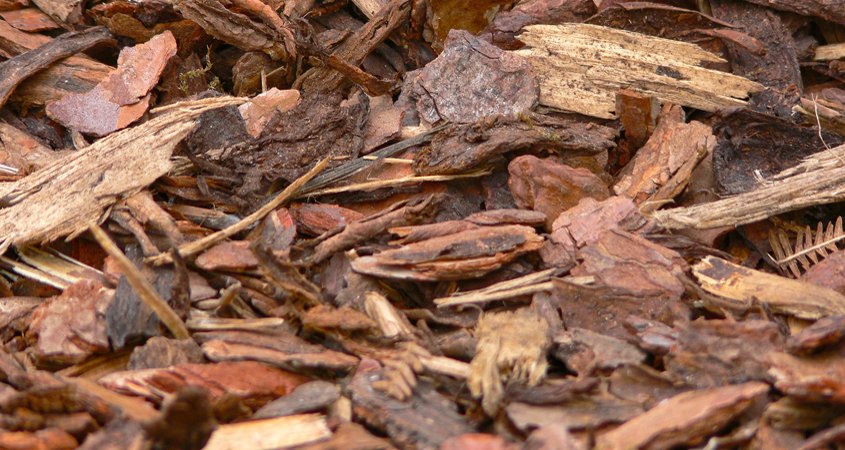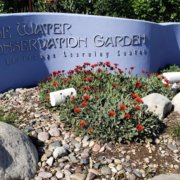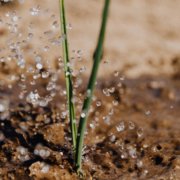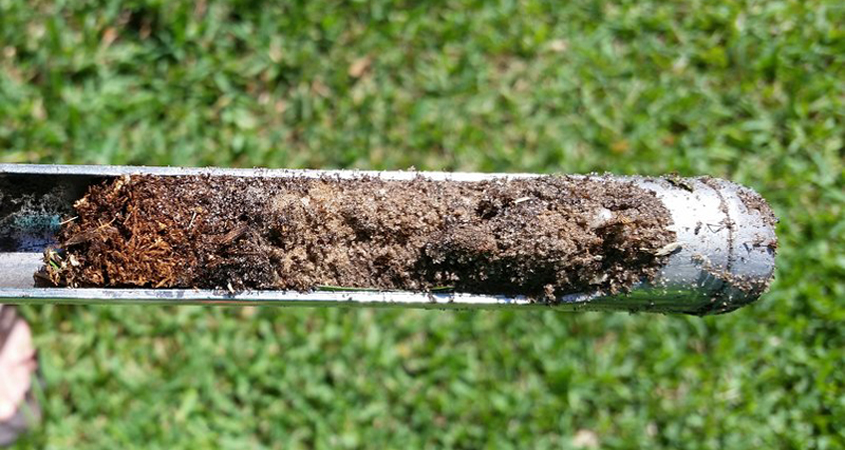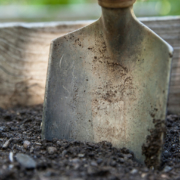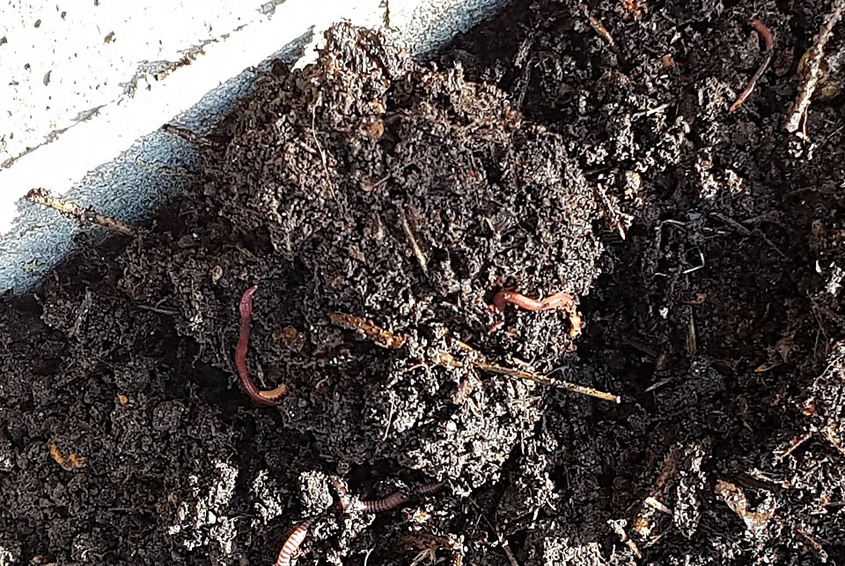Develop a Mulch Master Plan
How much mulch does your landscaping plan need? To develop your mulch master plan and answer this question, you first need to understand the job it will perform in different areas of your watersmart landscaping plan.
- If you want to hold in moisture and keep down weeds: Use three to six inches of mulch on top of the soil
- If you want to maintain your planting beds: Maintain two to four inches of mulch on beds at all times
Master Tip: Keep mulch one to six inches away from plant stems. When mulch crowds them, it can cause plants to rot due to moisture.
How much mulch do you need?
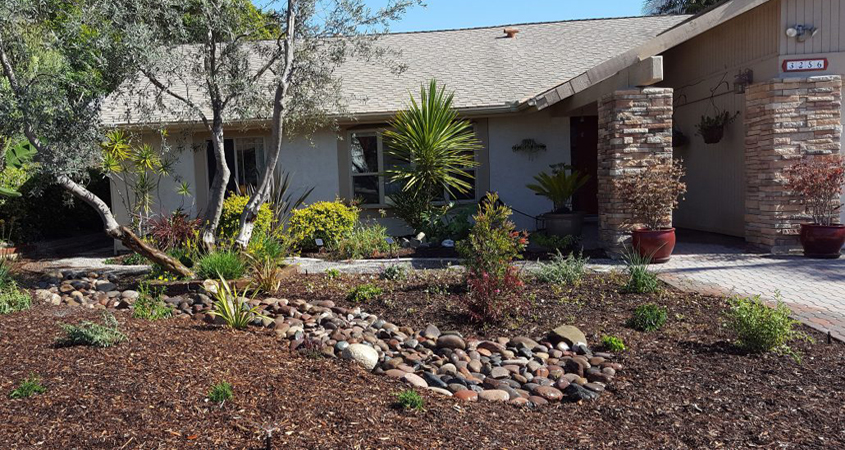
How much mulch do you need? First, decide how it will be used in your sustainable landscaping. Photo: San Diego County Water Authority
For accurate results, check these numbers:
- Square footage of your landscaping
- Thickness of your mulch cover in inches
Take your square footage, multiplied by mulch thickness, and divide this number by 12. The result is the amount of mulch you need in cubic feet.
Example: 891 square feet of land, multiplied by one inch of mulch, divided by 12 = 74.25 cubic feet of mulch.
Avoid these mulch types around plants
Inorganic mulches don’t decompose to feed your soil microbes and keep your plants and garden healthy and thriving. There are also some organic mulches containing dyes or other chemicals. Others such as shredded redwood take a very long time to break down.
Master Tip – These are the types of mulches you should use only in areas without plants:
- Shredded redwood
- Dyed wood mulch
- Decomposed granite
- Gravel
- Rubber pellets
This article is part of a year-long series inspired by the 71-page Sustainable Landscapes Program guidebook. The Water Authority and its partners also offer other great resources for landscaping upgrades, including free WaterSmart classes at WaterSmartSD.org.

